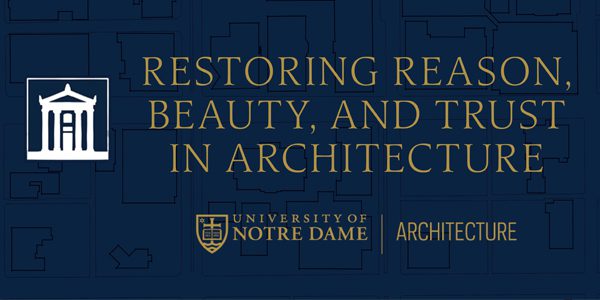Maquette for Wing Generator
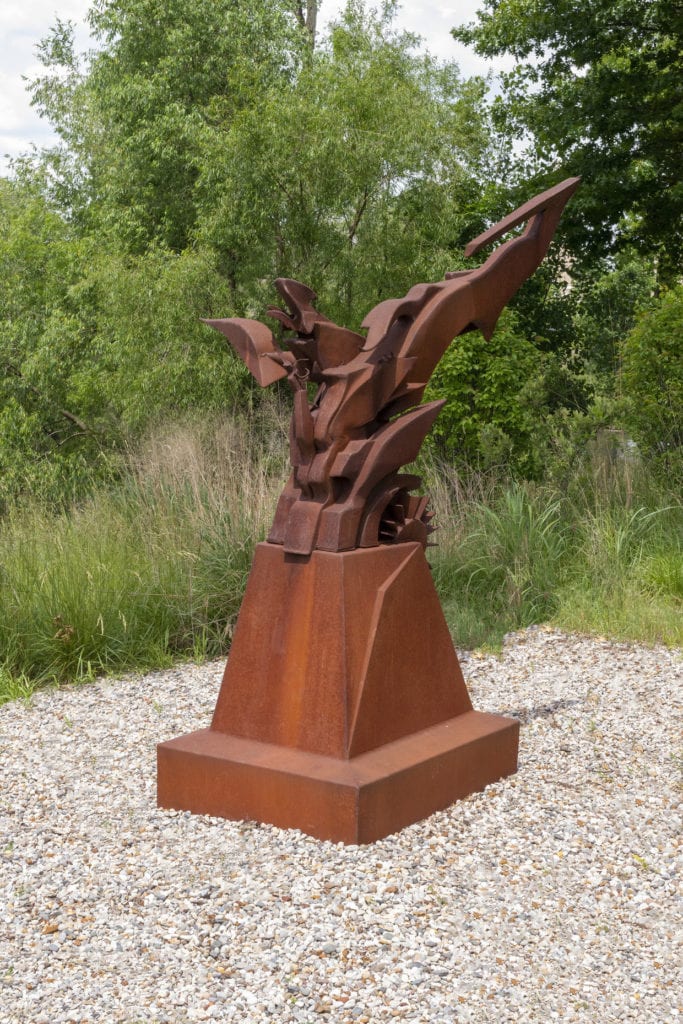
ABOUT THE ARTWORK
Who made it?
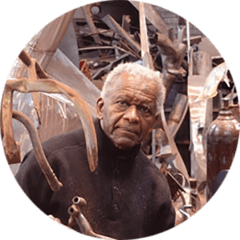
Richard Hunt developed an interest in art from an early age. From seventh grade on, he attended the Junior School of the Art Institute of Chicago. Hunt then went on to study there at the collegiate level, eventually accepting a traveling fellowship in 1958 from the School of the Art Institute (SAIC) which, took him to different countries in Europe. While still a student at SAIC, he began exhibiting his sculpture nationally. During his Junior year, one of his pieces, Arachne, was purchased by the Museum of Modern Art in New York. In 1962, he was the youngest artist to exhibit at Seattle’s World Fair.
In 1967, Hunt’s career in sculpture moved outside the studio with his first large scale public sculpture commission, Play (the first sculpture commissioned by the State of Illinois’ Public Art Program). This piece marked the beginning of what Hunt refers to as “a second career for [him], that of a public sculptor,” a career that allowed him to work on sculptures that responded to the specifics of architectural or other designed spaces and the dynamics of diverse communities and interests.
In his words, “Public sculpture responds to the dynamics of a community, or of those in it, who have a use for sculpture. It is this aspect of use, of utility, that gives public sculpture its vital and lively place in the public mind.”
Hunt has created over one hundred and fifty commissioned works, many of them in the Chicago area, and has works in numerous museums as well as both public and private collections. For additional information about Hunt, visit his website.
What’s going on in this work?
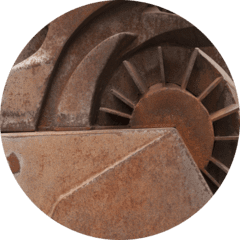
Maquettes, like this sculpture, are models for a final sculpture of the same size or significantly larger. They are made at different stages in the design process to aid in the fabrication of the final piece. Maquette for Wing Generator is a prototype for a grave site monument, commissioned through the will of Hunt’s deceased friend, Hobart Taylor Jr. Taylor was a civil rights lawyer, an attorney for the City of Detroit, a member of President Lyndon Johnson’s staff for the enactment of civil rights legislation, and a successful corporate lawyer. Taylor’s only requirement for the memorial sculpture (communicated through his will) was that it includes the phrase: “There are no barriers to the mind.”
Maquette for Wing Generator brings together two visual themes that have long interested Hunt—ancient Greco-Roman sculptures of Victory (who was often depicted as a beautiful woman with large wings) and the birds often found on traditional African iron staffs. The hybridization of these forms and the concepts associated with them create a piece that explores the ideas of flight, life after death, and personal destiny.
Take a closer look.
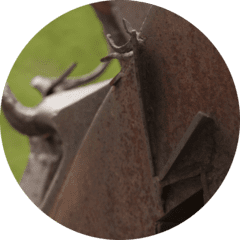
Click on the full image of Maquette for Wing Generator above to see a larger version of the work. Look closely at the sculpture and use these questions to guide your looking. Share your thoughts with your family, a friend virtually, or with us by responding to this email.
- What’s going on with this sculpture? What do you see that makes you see that?
- Maquette for Wing Generator uses mechanical, mythological, and animal symbolism to honor his friend’s belief “there are no barriers to the mind.” If you were to make a sculpture with the same prompt, what would you combine? Why?
Maquette for Wing Generator is on view in the Charles B. Hayes Family Sculpture Park. Be sure to look for it on your next visit.
To receive the collection in your inbox, join the Raclin Murphy Museum’s mailing list.
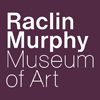
Engage with the Raclin Murphy Museum of Art by exploring their collection through background information and reflection questions. For more information on the collections, please visit the Raclin Murphy Museum of Art website.
Learn MoreJune 22, 2020

